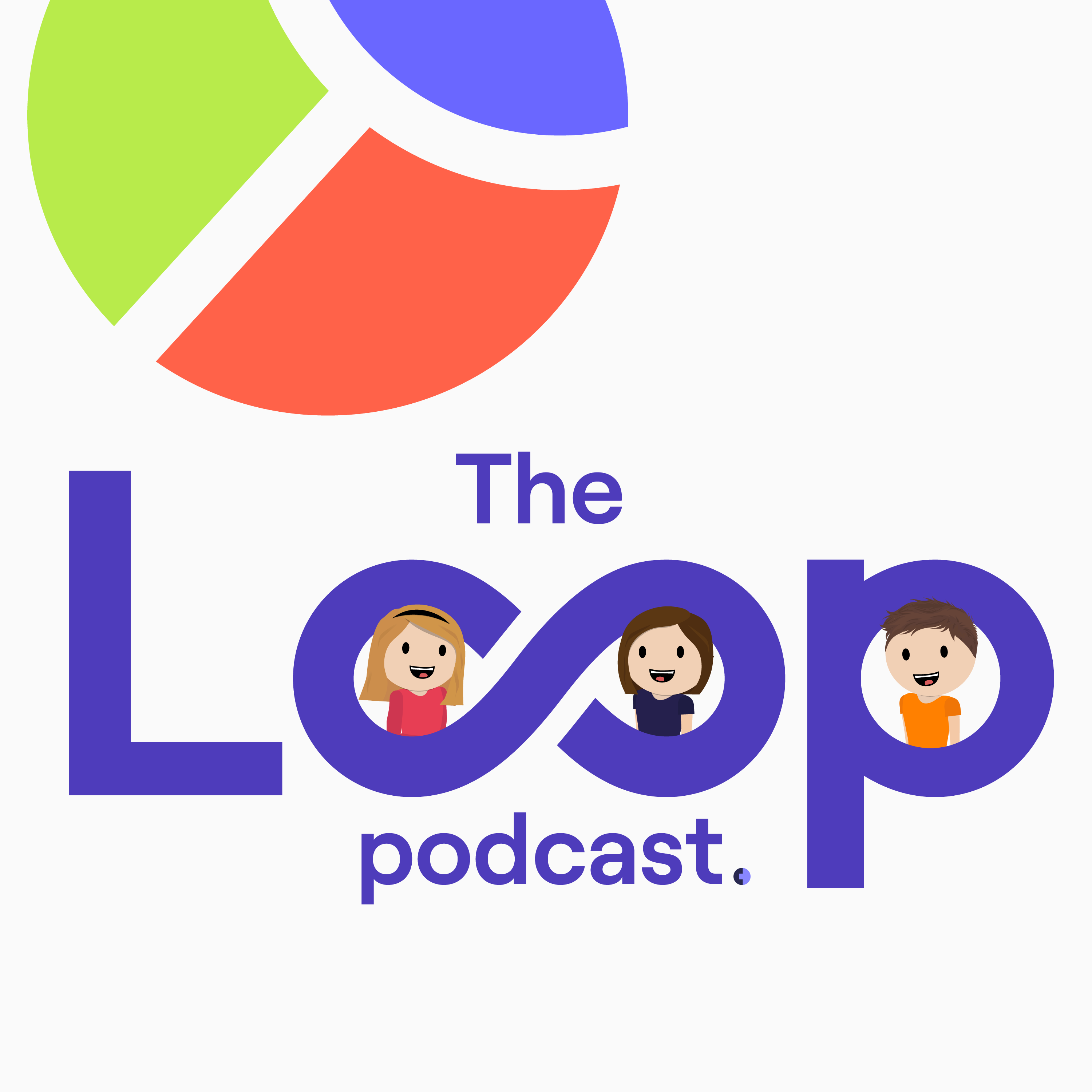The Ultimate eBook on Producing eBooks - Chapter 5
Chapter 5: Measuring the success of your eBook
If all goes well in the previous four chapters of this eBook, then you should be thrilled to reach this stage. Because now you get to see the fruits of your labour.
Depending on what route you took to get here, you might be measuring slightly different things. Ultimately, it depends on what you hope to achieve with your eBook. Is it to gather as many leads as possible? Or is it a demand generation play?
Measuring gated vs. ungated eBooks
If you have your entire eBook gated, then you’re likely looking at just the number of leads you’ve been able to generate. And hopefully, assessing their quality before you pass them onto sales.
If you ungated your entire eBook, then you’ll likely be looking holistically at the engagement in the content. For example:
- Impressions, reach, video views, frequency
- CTR, engagement rate, likes, comments
- Qualitative feedback/shares
- Traffic, time on page, bounce rate
Sanaa said:
“For us eBooks have transformed from lead magnets to effective assets for nurturing our ideal customers.”
“Instead of measuring SQLs I focus more on download rates, click rates, and engagement - particularly on LinkedIn, where our audience is most active.”
“It’s definitely a sign of success if contributors are eager to share their work - it elevates our brand, and helps us identify as an authority on in-house legal, and more specifically, all things contracts.”
Top tips for reporting on eBooks
Before you start measuring the success of your eBook you need to be aligned on the core goal you’re trying to achieve:
- Some companies may be targeted on the number of leads and/or the quality of those leads.
- Here at Cognism, our primary goal would be to provide value-driven content to our core ICP.
You also need to set out with a number of objectives that feedback into your core goal and measure those activities in a realistic way.
For example, why would we measure a campaign on click-through rate when we were optimising for reach?
Why measure a video series on conversions when what we are really looking for is engagement and infeed consumption?
Leading indicators
Regardless of whether you decided to gate your ebook and collect leads or un-gate and go for maximum value, your first focus should be the leading indicators:
- Is the content resonating?
- What qualitative feedback have you received?
- How does the engagement on paid social look?
- If you have distributed on multiple channels and in multiple formats (which we strongly advise you do) which channel and format is performing best?
A core goal for us at Cognism, when creating content like eBooks is to create value-led journeys so we are encouraging our audience to sign up to our value loops e.g. podcast.
If your reader has gained genuine value from your eBook and wants to see more from your organisation - they’ll likely jump at one of the CTAs to follow your content online.
If you see those audiences growing, and especially if you can see that the people joining are from your ICP, then you know your marketing strategy is working.
Fran said:
“Look at all the channels you have distributed this eBook on.”
“Who is actually reading this content and are they in your core ICP? Look at job titles, company size, interactions on certain topics.”
“Deep dive platform demographics - we’ve served 51k impressions but who is actually interacting? Is it our desired audience? Is our content resonating?”
So now you have a really good picture of the overall value you are providing and to who.
You can also deep dive which parts of the eBook resonate the most and double down on topics related to this!
Lagging indicators
Depending on your objective, then the next step is to look at the lagging indicators.
Fran said:
“For us at Cognism we’d look at the growth in inbound demo requests and look at the last touch channel as an indicator of what is driving these.”
“However, as mentioned the buyer journey isn’t linear, nor can we track every single interaction so if last touch was an eBook we would see this as influence not a direct attribution or single source of truth.”
Extra reporting options
- The ‘how did you hear about us’ question.’
- It’s a great way to uncover insights that you otherwise might not have been able to see, such as dark social recommendations.
- As we discussed early on in this eBook, reporting on the success of your content is much easier when you’ve got more control over the platform.
- There’s not much you can see beyond how many people downloaded your PDF.
- But if you host your eBook on your website, you can apply heat maps to see how people interact with your content. The chapters they revisited. Or where the audience tends to drop off.
- This gives you much more insight into how you can iterate and update the page over time - rather than leaving it as a set-and-forget exercise.
- Using UTMs can also help to measure the impact, putting equal weight on first touch versus last touch - given that we know buyers will bring themselves in-market when they are ready to buy.
Fran said:
“In short you need to measure everything, or as much as you can.”
“A big mistake marketers often make is introducing bias by ignoring channels that aren’t easy to measure! Of course not every single interaction can be tracked but don’t ignore patterns and journeys that don’t fit into the neat little box that we are all familiar with:”
❌ Clicks email >> downloads eBook >> in pipe because ready to buy ❌
The feedback loop
While it’s tempting to get caught up in the numbers and leads, it’s important not to forget about qualitative feedback.
Especially if you’re using a PDF format, how else would you get an idea of how many people are reading the content versus just downloading and letting it die on their hard drive?
Liam said:
“You might have a whole lot of downloads, but no one actually reads it because the format is really difficult to get into - or the content doesn’t answer the question they were looking for.”
So, giving your audience a chance to feedback about the content simply gives you a better picture of how the content is being engaged with - ultimately allowing you to create even better content next time.
You should also pay close attention to the feedback loop coming from not only your own audience, but the feedback your SME receives.
Some readers may wish to go straight to the source rather than reaching out to a company - so ask your SMEs to get involved in the feedback process.
How to report back up to leadership
If you’re moving from a lead gen approach to eBooks into utilising more demand gen principles, then it’s important to manage expectations when it comes to reporting.
There will be a transition period when you move from reporting on MQLs to less concrete metrics. But that’s because the goal changes. From low-quality contacts to engagement from your ICP.
And that’s how it needs to be positioned to senior leadership. The metrics have changed because they need to change in order to reach this new goal.

You’ll need to demonstrate that your demand gen activities are impacting those figures. Which is much more difficult but 100% possible.
There is no one report that will tell you everything. The truth is - you need to measure everything. And use that data to identify signals and trends that show your efforts are working.
There are two main areas you want to measure, with equal weight.
- Reach and engagement
- Conversion
The last word
Hopefully, this ultimate eBook on how to do eBooks has helped you visualise where this activity can fit into your future marketing strategies. Better serving the modern buyer and establishing your business as a credible thought leader.
We like to practise what we preach - and with that in mind, we invite you to give us your feedback on what you feel worked well and what you think we could improve on if we were to do another eBook in the future.
You can email us at: marketing@cognism.com!
And we hope that you’d like to see some more content from us in the future! If so, you can check out our channels (value loops!) where you can regularly get news, content and updates on what we’re doing - and how we’re thinking about our marketing activity.


